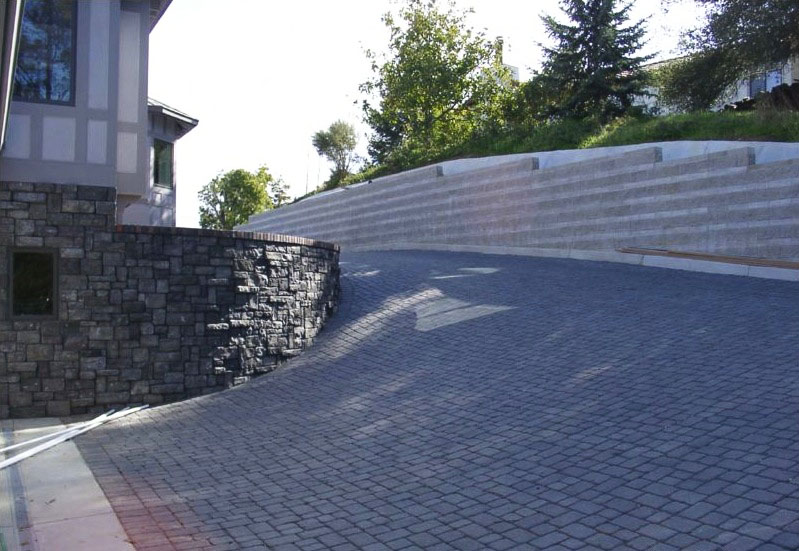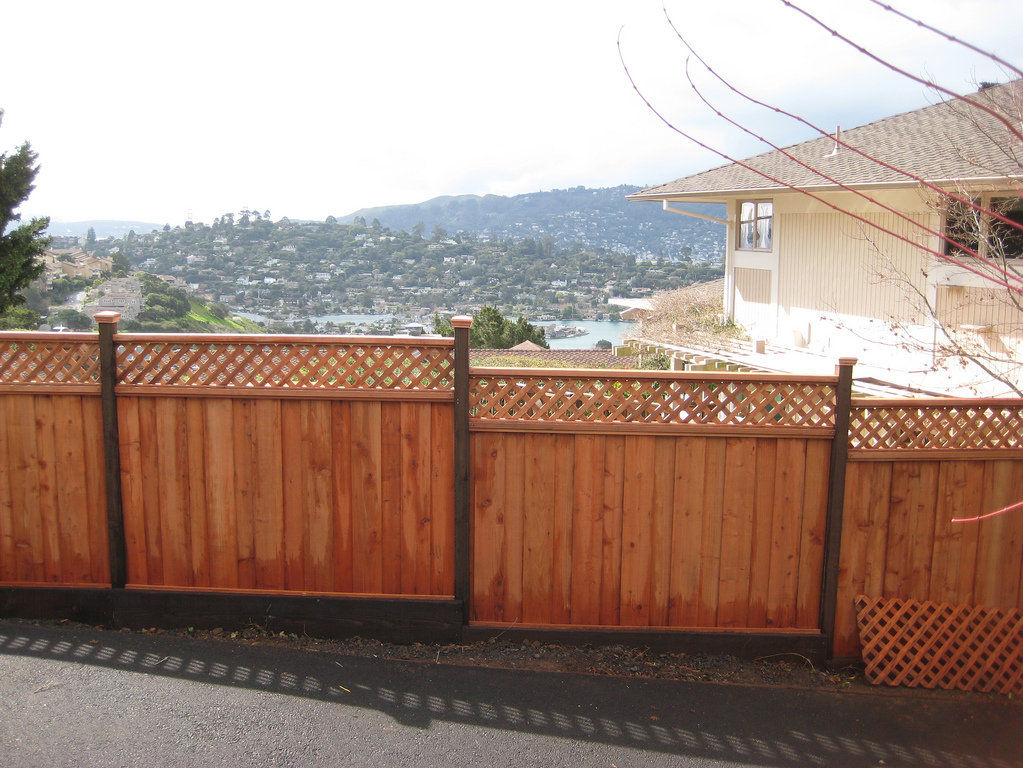
California’s steep terrain and forceful winter rainstorms make soil erosion and landslide risk a yearly threat to homes. After months of bone-dry conditions, strong storms can quickly alter hillside terrain. While soil erosion is an inherently natural process, homeowners can take steps to reduce the negative effects erosion may have on their properties.
Retaining Walls for Soil Erosion
Retaining walls do more than add beauty and depth to a landscape—they also help limit soil erosion. A popular hardscaping feature, retaining walls are put in place after landscapers reduce the level of the soil at the top of a hill and raise it at the bottom, creating a flatter area behind the wall. The retaining wall then serves as a barrier to anchor soil in place and reduce the overall amount of soil that’s exposed to rain and wind. In these conditions, the soil can better absorb rainfall and the slope of the terrain can direct water in such a way that improves the overall drainage of the property.
Landscapers use a variety of materials to build retaining walls, including concrete, bricks, stone and wood. The wall needs to be sturdy enough to withstand the pressure of the soil behind it. It’s essential for these walls to have good drainage; otherwise, they could collapse following a storm. For this reason, retaining walls are generally built alongside a layer of sand or gravel to help with absorption, or a drainage pipe is installed at the base of the wall.
As a bonus, plants that may be unable to take root on steep hillsides can thrive when placed near a retaining wall. Now that erosion is less of a problem, the soil itself is healthier. A retaining wall not only improves drainage and limits erosion, it also creates better conditions for gardening.
Plants and Soil Erosion
Retaining walls can be an investment and may not work for every property. Thankfully, homeowners can reduce soil erosion by choosing the right plants. Without vegetation, sloped terrain erodes more quickly. However, plants with deep root systems lock the soil in place and offer protection against the elements.
It’s important to know that there are a variety of soil zones throughout the Bay Area, so make sure you find a qualified landscaper who can pair the best plants to your property. In general, native species that are drought-resistant, hearty and perennial have the best success on California’s rugged terrain. Some examples include sumac, yellow jasmine and California poppy.
Trees play a critical role in soil stabilization for the region’s hillsides because of their deep root systems. During severe storms, trees can help absorb excess water and trap descending sediment.
Foundations and Soil Erosion
Depending on your property lines, there may be little you can do to control soil erosion or runoff from adjacent hills. Unaddressed soil erosion can lead to foundation issues like cracked moldings, uneven floors and bulging door frames. In such scenarios, you can work with a qualified foundation contractor and structural engineer to improve the safety and stability of your home.
The engineer will inspect the home’s foundations, taking into account their age and condition. Depending on the extent of the damage, the foundations can be repaired with reinforcement beams or by underpinning the piers. In some cases, the better solution is to completely replace the foundations.
Foundation work requires specialized knowledge in several disciplines. Homeowners should work with a company that has relationships with structural engineers and geotechnical engineers to ensure the best results.



